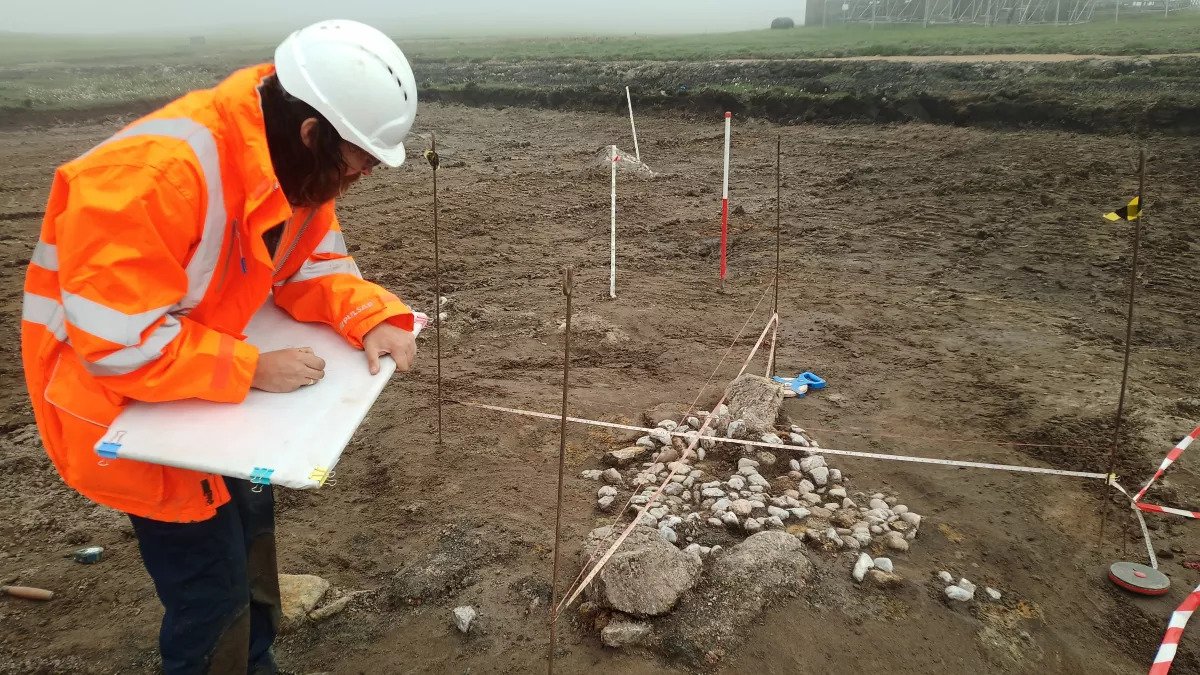Archaeologists who explored the territory of the future private spaceport company SaxaVord made an unexpected discovery. They have found a circle of polished quartz and stones that are artifacts of the Bronze Age that reigned here thousands of years ago.

Unexpected find at the cosmodrome
An archaeological discovery has been made at the future SaxaVord spaceport near the town of Unst in the far north of Scotland. In the United Kingdom, there are quite strict laws concerning the protection of the remnants of historical heritage during the construction of new facilities, since the country’s land is rich in remnants of ancient eras.
That is why, before starting to build something, SaxaVord ordered the company AOC Archaeology, which specializes in such services, to conduct a comprehensive study of the territory. They were mainly interested in the remains of a radar station from the Second World War, which was a protected monument.
However, when exploring the territory, experts also found the remains of a circle of polished quartz, huge stones and the remains of burnt bones. All of them are artifacts of the Bronze Age, which have survived to our times from ancient times.
Is this discovery important?
Now, it is unknown how the discovery will affect the plans and timing of the construction of the cosmodrome. However, it is really important. A similar quartz circle has already been found in this region, however, it was located on the neighboring Shetland Islands and dated back to the Iron Age, which came after the Bronze Age.
But Bronze Age finds are rare in Scotland. Scientists have already found them, but very rarely, so they have no general idea about this period. It is believed that it lasted in the British Isles for 1400 years: from 2200 to 800 BC.
In what was found at the construction site of the SaxaVord cosmodrome, scientists were most interested in bones and huge stones. The fact that there were traces of fire on the remains might indicate that it was some kind of religious center where animals were sacrificed.
Stone blocks are even more interesting. They are the size of a closet, but they were almost completely buried in the ground so that only their tops were visible. Scientists believe that in this way ancient people visually separated the territory from the surrounding space.
Now the excavations are at the initial stage, so even whether all the finds belong to the same period is unknown. Most of the territory of the future cosmodrome has already been explored, and no traces of field farming or settlements have been found there. However, they may well be found in the areas that remain.
According to www.space.com
Follow us on Twitter to get the most interesting space news in time
https://twitter.com/ust_magazine
